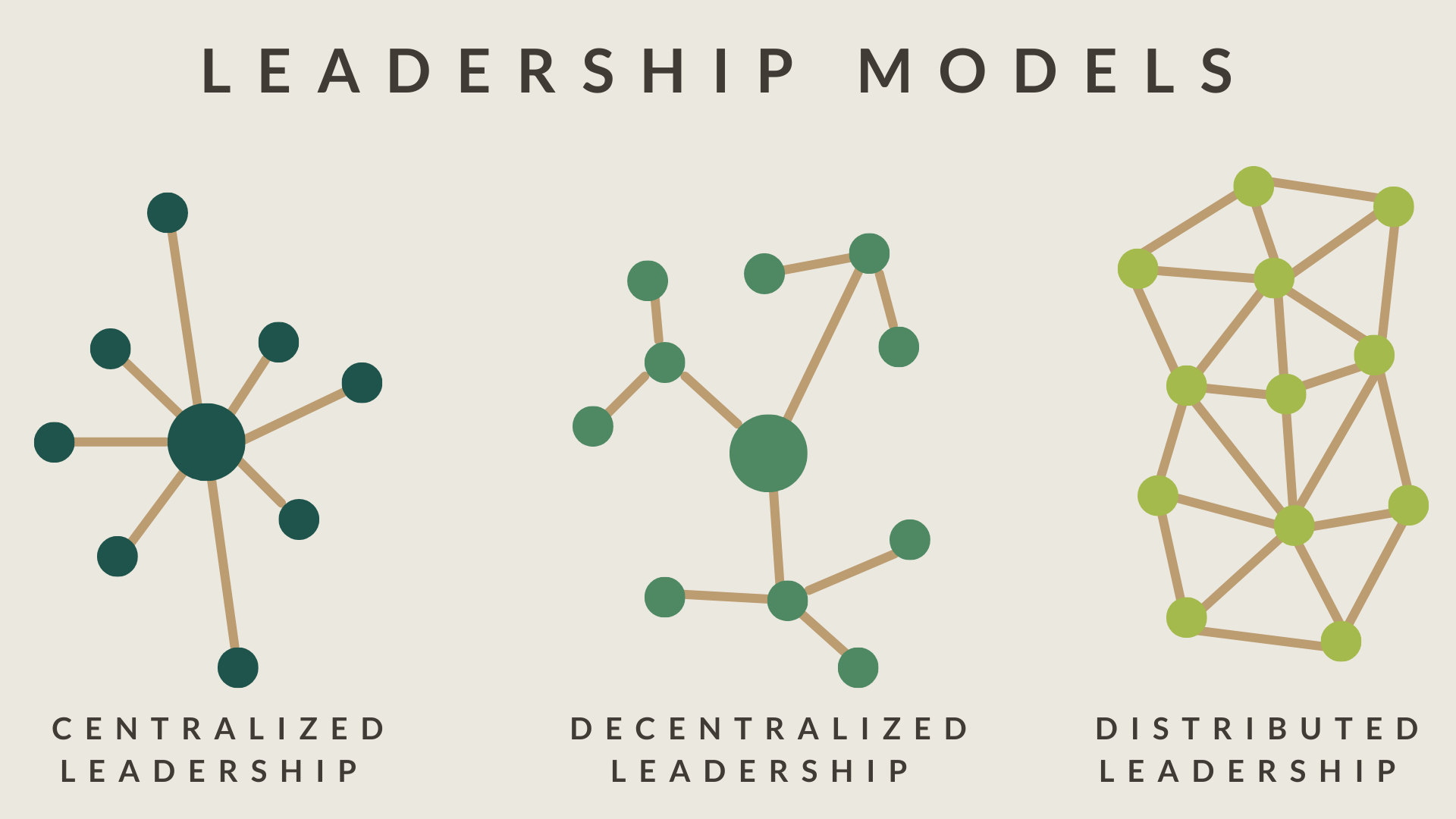At Hazel Baby we’ve been talking about earth-saving swaps all year. We’re all on this planet together, and we’d certainly like to keep it that way! As families grow, it is easy to see how each individual can consume energy and accumulate waste. Even the tiniest humans can contribute diapers to landfills, and leave behind plastic bits and pieces in the ocean. So what can we all do?
We asked multiple nearby communities of mothers what they do to lower their family’s environmental impact. Over 50 women responded with answers ranging from simple daily swaps, to favorite sustainable brands, even long term major hauls… we were inspired hearing so many people making an effort, big or small, to reform lifestyle habits for the good of the planet.
So, in honor of Earth Day, we took their feedback and summarized it into this list. The most popular ideas were around household swaps - like reusable snack & sandwich bags instead of plastic zip bags. Perhaps these ideas are similar to what you’re doing at your home, too! Don’t have those yet? It’s an easy first step to tackle for more eco-friendly meal prep. We hope this list leaves you feeling inspired and ready to take action in your own home.
1. We’re very disciplined about recycling everything applicable and involve the kids in the process of collecting, triaging and bringing it down to the recycle room that way they’ll grow up knowing no other way.
2. We try to limit plastic as much as possible. It's impossible sometimes, but I like a lot of products from Etee that make plastic-free household goods.
3. Glass containers instead of plastic Tupperware.
4. For toys, I try to get non-plastic options if it's available and feasible
5. I try to do a lot of 'upcycle' crafting with [my little one]. Mostly using packaging and recycled materials first before buying anything at the store!
6. Anything reusable for snacks, lunches etc. (Think stainless steal containers, glass Tupperware, beeswax wrap, silicone storage bags)
7. Composting
8. Cloth diapers and cloth wipes.
9. Beeswax wraps instead of plastic wrap
10. I use dish towels or rag clothes for almost everything in house. Wiping, dusting, cleaning..no paper towels.
11. Use muslin cloth / parchment paper to wrap food for my toddlers box instead of aluminum foil.
12. Switched to bamboo paper towels that can be washed and reused up to 85 times. We cut the bamboo paper towels to different sizes and also use them as reusable napkins. They end up becoming really soft and absorbent over time.
13. Bring back waxed paper or butcher paper & masking tape for sandwiches in lunchboxes
14. Water bottles ~ having a favorite means you will use it more often.
15. Reusing boxes. When deliveries come, have your kiddos use the boxes as a play material. Yes, eventually they will end up in recycling, but in the meantime, they can be used to be a car, castle, cardboard cut out, toy for cats, canvas for art, etc, etc.
16. My daughter has Replay plates and bowls for meals(they are made from recycled milk jugs).
17. Reusable everything. Cups, lunch boxes, water bottles etc. Refillable soap, shampoo etc dispensers.
18. LEDs everywhere
19. We even use old t-shirts for wiping furniture - they are soft and last forever. But more importantly kids see how we don't just throw non-donatable items.
20. Crafting with kids can give lots of items new life: melt down crayon bits together in muffin pans/molds and make multi-color fun-shaped crayons, make collages or decoupage boxes with colored paper/pictures/cards.
21. Use plastic egg containers as palettes, or paper ones for storage of beads and such.
22. Old plastic cups can be used to hold paintbrushes and water for painting.
23. I use shoeboxes and other pretty boxes for EVERYTHING including shelf and drawer dividers.
24. Reusable paper towels has been the most seamless swap for me. I get the ones you can re-roll. They're actually better for kid hands/faces and messes and fit on my existing paper towel holder.
25. My one go to is I save and wash all jars I get with groceries - tomato sauce, pickles, roasted peppers, etc. I reuse for myself or when giving away food I make to others.
26. I cover jars with plaster of Paris and have children watercolor paint them in my art classes. They make beautiful vases.
27. My kids received a reusable sandwich sleeve in Kindergarten that we still use to this day! My youngest is in 6th grade and my oldest is a HS freshman, so it’s been many years of reusing them.
28. My favorite household planet saving swap is wool dryer balls. I put a few drops of lavender essential oil on them, and they’re so much better than dryer sheets.
29. Here is a crazy one I take the dry cleaning bags and tie a knot on the hanger side and use in my waste paper baskets. They look good too.
30. We have made many swaps over the years, two of our most recent ones have been around not shipping the water that products need. We add it when we use it. This reduces pollution/strain on the earth by not shipping the heaviest part of cleaners, the water.
31. One is hand soap tablets. We use Blueland. I love that they use paper packaging instead of plastics. My son has fun "making" the soap by putting the tablet in the water. Their mission is great.
32. We do a “community garden” with my parents using our compost, and my kiddos love getting involved. Growing or buying local produce to lower the impact of shipping food.
33. Menstrual cups are life changing! I have the Luna (preferred) and salt. Also have Thinx
34. Shampoo Bars
35. Cloth Diapers I was late to the game on this and only did one year of cloth with my daughter. But we’re hoping to reuse our cloth diapers when we adopt again.
36. Gender neutral clothes so next baby can wear hand me downs
37. I LOVE buying second hand clothes and shoes for my toddler. They grow so fast!
38. Teaching and relearning to not support eating factory farmed animals and fished pulled from the ocean helps. There are so many plant based options now.
39. Eating less meat.
40. Meatless Monday
41. Tossing food is a big waste. I love leftovers, but I know that so many others do not.
42. Eat vegan at home.
43. Avoid juice boxes and single serve snack packs
44. You can have kids help package snacks into reusable containers to help them feel involved in the process while also learning about measuring and sustainability.
45. Public transportation whenever possible.
46. Kohl's recycles plastic packages, I will collect and deposit bags at Kohl's when I'm out for shopping/stroll, without adding another task to my to do list
47. We do not buy bottled water at all..always carry water from home when we step out
48. Get our own box for a take out or to-go box for leftovers
49. As a child, I was required to bring home my brown lunch bag to reuse for the entire week! True story. We had lunch boxes but most kids had a brown bag, so if I used one, I had to reuse it.
50. We have metal straws, even portable ones for when we go out
51. Bring clothes to H&M for them to recycle them (they will also give you a discount on your next purchase). Or you can bring textiles to the recycle boxes locally.
52. Toys etc can be donated in so many places: Swap shop, Goodwill, charities, daycares, preschools, etc or sold on all the local Facebook tag sale pages.
53. Facebook marketplace and buy/sell groups for exchanging perfectly good used stuff.
54. Buying food/household goods in bulk or from local famers markets or CSA,
55. Buying used/swapped items
56. We have limited our online orders to a very minimum, I usually go to a store to buy/place order online and pick it up (even though Amazon may be cheaper by a few bucks). This saves a lot packaging materials.
57. Buy loose/open vegetables/fruits from grocery stores and avoid those pre packaged ones with styrofoam containers and a plastic film wrap over it..
58. If we order from Amazon, I chat with customer service and request them to use a cardboard box, combine multiple items in one order. Request them not to send something in those bubble mailer sealed envelopes (they are the worst for recycling.)
59. Bring your own reusable bags to the store.
60. Shop with B Corporations as much as possible, for everything
61. Buy/gift recycled toys when possible.
62. Buy/gift second hand toys when possible.
63. Buy opened ended toys that can last years.
64. Bring thin mesh bags for produce to the store to avoid cellophane one from the roll at store.
65. Be mindful when shopping looking for non-plastic alternatives such as deodorant, laundry detergent, etc.
66. Create a virtuous circle - Another one that many people have mentioned in one way or other is to create a community of people who have children 1-2 years younger who you can keep in your clothing recycling circle. Every time you do a clean out, they are happy recipients of lightly worn toys, baby gear, shoes, sports equipment, winter clothes, etc. if they don’t want the items, ensure they get into the hands of another neighbor or someone in need
67. I’d give a big shout out to the Buy Nothing Project. THE best way to get things you need (especially for kids) and to also give when you’re done with items. We’ve been very active giving and receiving the last few months and it’s taught generosity to my kids and now they’re quick to say we should give something away.
68. Look to buy items in glass containers versus plastic, and rinse before recycling.
69. Reusing things instead of buying new stuff to make a big difference both in terms of less packaging and the item itself- there are companies like ThredUp that help and also there is a trend towards local “Buy Nothing” groups on facebook
70. Not throwing stuff out of your car windows or litterin
71. Planting trees
72. Never supporting boat cruises or that industrial at all. Ever year those companies are fined over and over for dumping waste and polluting the oceans
73. This amazing company Think Zero Home does really helpful consulting to help you move towards a zero waste home we used them!
74. Turning off the electricity if we are not using it.
75. Pay attention to the most important R, Reduce! If you don't need it, don't take it.
Thank you to everyone for sharing with us your best sustainable family life tip!
https://www.hazelbaby.com/blogs/blog/75-ideas-for-a-more-earth-friendly-family-lifestyl/









